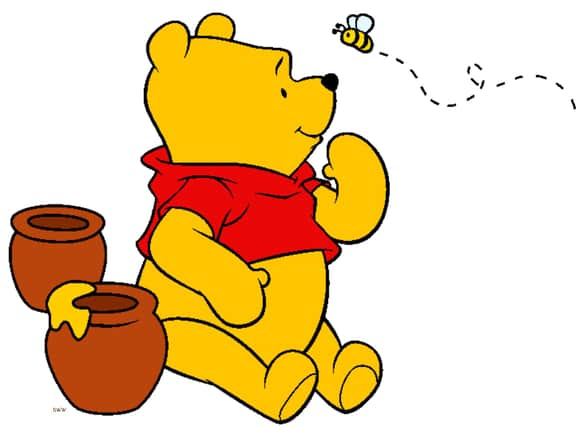Children's Winnie the Pooh house to be removed from Doncaster wood after complaints


Local villagers in Branton had helped to create the famous bear’s house in nearby woodland to bring a touch of magic to local children during the coronavirus lockdown.
But after complaints from other villagers about the potential impact on the environment and wildlife as well as concerns of people driving to visit the attraction, figures are now set to be removed.
Advertisement
Hide AdAdvertisement
Hide AdExplaining the decision on a Facebook community page devoted to matters in Branton, a post read: “A few months ago, someone put a little door on a tree in the woods and this became Pooh’s house.
"I bought some little figures of Winnie The Pooh and his friends and put them inside. Others added to the household.
"Since then, many people have added various items to the woods and brought a great deal of joy to many people.
"This was done with the best intentions to bring a smile to people’s faces during challenging times.
Advertisement
Hide AdAdvertisement
Hide Ad"Unfortunately, this has caused disharmony within our beautiful village. Concerns have been raised that this is having an adverse effect on the environment and may endanger the local wildlife. This was never the intention.
"We are also being innundated with visitors from various areas of Doncaster and beyond. Valley Drive was packed with cars this weekend.
"This shouldn’t be encouraged due to the current Covid situation.
“It was lovely seeing the faces of little children as they opened the door to Pooh’s house.
Advertisement
Hide AdAdvertisement
Hide Ad"I shall be removing the items that I placed in Pooh’s house later this week – it was never my intention to cause upset.”
Winnie, the creation of English author A. A. Milne and illustrator E. H. Shepard, first appeared in 1926.
Milne named the character after a teddy bear owned by his son, Christopher Robin Milne, on whom the character Christopher Robin was based.
The rest of Christopher Milne's toys – Piglet, Eeyore, Kanga, Roo, and Tigger – were incorporated into Milne's stories.
The stories are set in Ashdown Forest, East Sussex, which is known as Hundred Acre Wood in the tales.